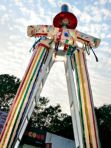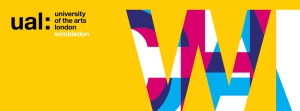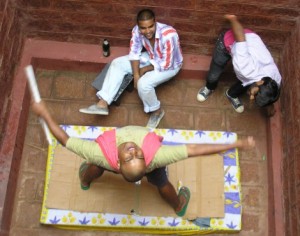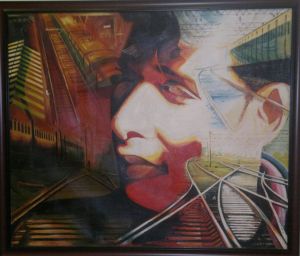 There is a brilliant art show in town at the Salar Jung Museum, a group show by the outgoing MFA students of our University. Paintings, sculpture, prints, installations- its all there in great variety and the exploration of different techniques and themes is amazing!
There is a brilliant art show in town at the Salar Jung Museum, a group show by the outgoing MFA students of our University. Paintings, sculpture, prints, installations- its all there in great variety and the exploration of different techniques and themes is amazing!
As the pictures in this post attest, there are artists finding their sophisticated expressions through a variety of media, and scattered across the gallery one can see installations made of matchsticks, lace, umbrellas, scupltures constructed out of wood, scrap… literally anything that could be used. The range is, to put it mildly, spectacular.
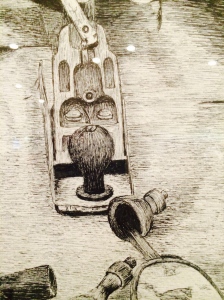
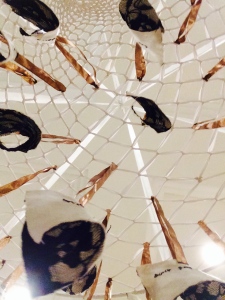 How strong the breeze, How precious the flight– the title of the show is taken from the feminist poet Andrea Gibson’s The Moon is a Kite. The fragment brings to mind a wonderful image, of the fledgling artists finding their wings and taking strength from the training here- the breeze- to launch themselves into the wide open world- the flight. And as the dreams in one of the installations, the dreamcatcher on the right, swirl around in the gallery, the choice of title seems very appropriate…
How strong the breeze, How precious the flight– the title of the show is taken from the feminist poet Andrea Gibson’s The Moon is a Kite. The fragment brings to mind a wonderful image, of the fledgling artists finding their wings and taking strength from the training here- the breeze- to launch themselves into the wide open world- the flight. And as the dreams in one of the installations, the dreamcatcher on the right, swirl around in the gallery, the choice of title seems very appropriate…
But more, there is actually a double bonus at the Salar Jung- the adjacent gallery is home to another UoH linked show, by our honorary alumnus K. G. Subramanyam, the legendary artist who so graciously accepted an honorary doctorate from our University last year. Titled “New Works”, the scale and scope of the paintings on display belie the artist’s 90 years- Mani-da, as he is more popularly known has admirable discipline, and the phenomenal ability to work in concentration. The few images of the paintings on display give an idea of what feasts await the visitor.
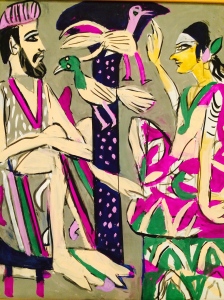
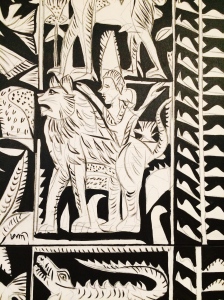 We are very fortunate to have such great persons associated with the University, and are very happy that the students’ show was inaugurated by him. One could not have asked for a stronger breeze to lift them up and propel them into the uncertainties of the everyday world and the vicissitudes of life beyond studenthood.
We are very fortunate to have such great persons associated with the University, and are very happy that the students’ show was inaugurated by him. One could not have asked for a stronger breeze to lift them up and propel them into the uncertainties of the everyday world and the vicissitudes of life beyond studenthood.
The show is on until the 16th of August for all to view and enjoy. By going out and showing our work in a public space, the University affirms, yet again, that we are not just of the city, we are a University for the city of Hyderabad…

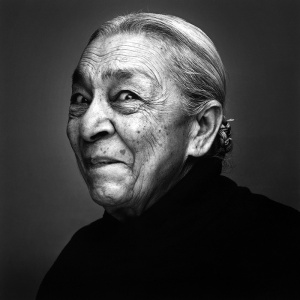
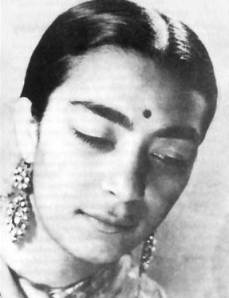 Dear Mr. Ramaswamy,
Dear Mr. Ramaswamy,